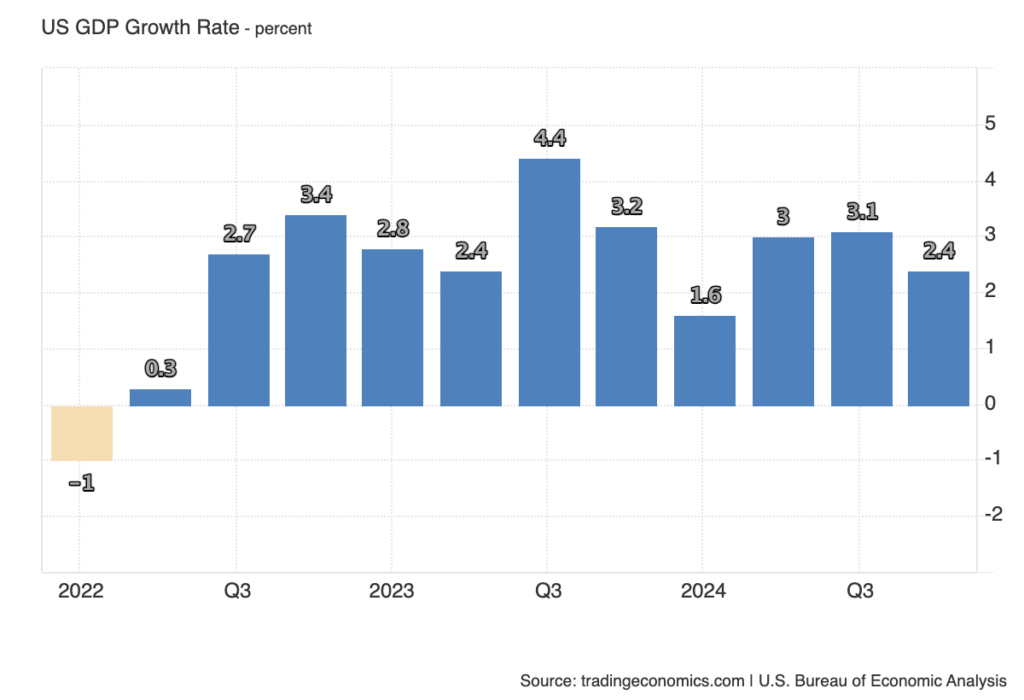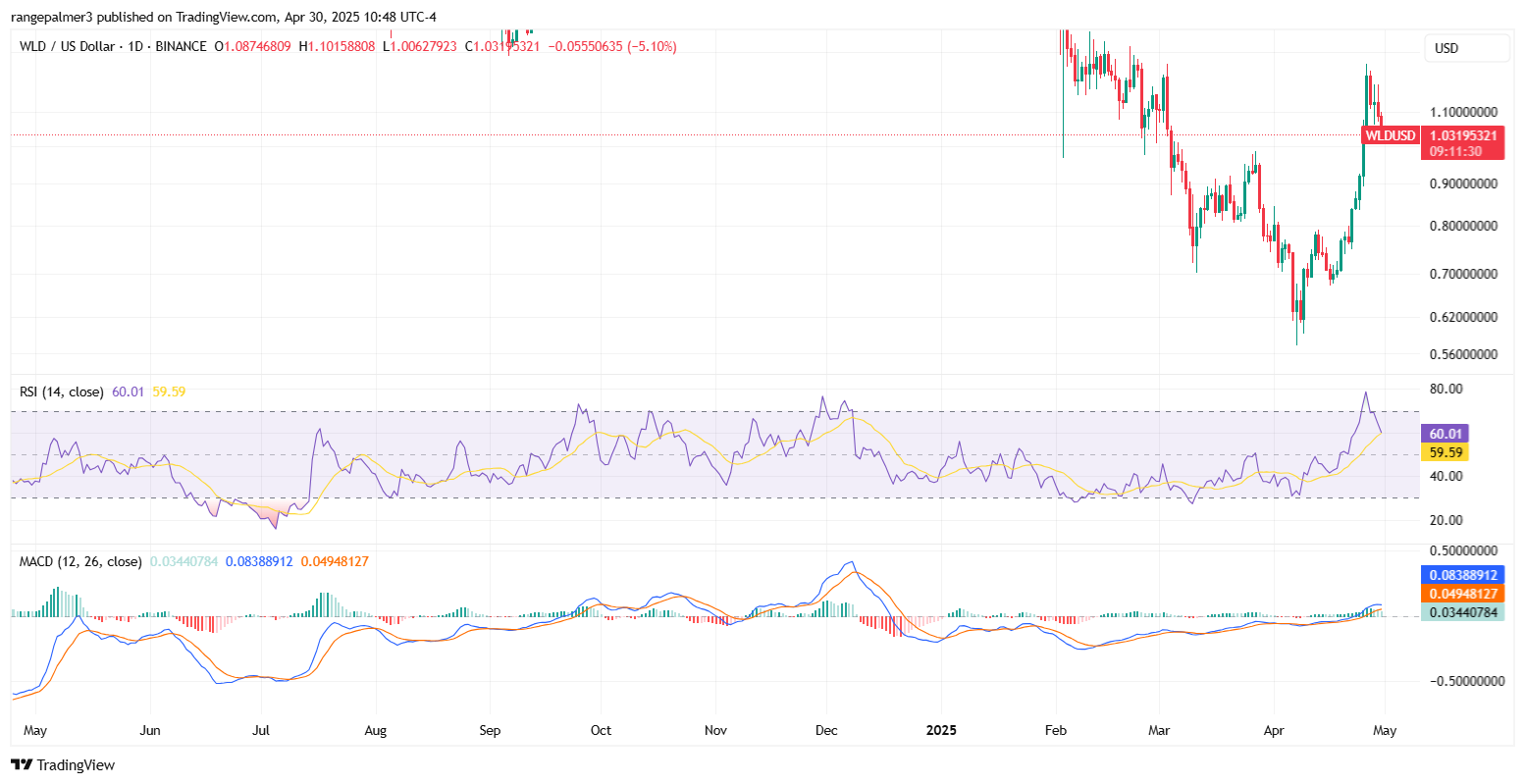
Vanar Chain, the Layer-1 blockchain network, has launched a new artificial intelligence-driven compression and data authentication layer designed to address industry longstanding issues with Onchain storage.
Vanar Chain is firing Neutron, an AI-Native blockchain layer with a data compression ratio of up to 500:1. This reduces the standard 25 megabyte files to just 50 kilobytes and converts them into “neutron seeds” that can be stored in blockchain ledgers.
The new blockchain compression layer is intended to solve industry data storage problems simply by referencing traditional blockchains lack the ability to store data.
This design introduces a single potential point of failure. Vanar neutrons aim to solve this by enabling fully on-chain verifiable data storage.
Neutron is the “world’s first” and “handles both physical file compression and semantic compression. That is, it compresses the meaning inside it, not just the file itself,” Jawad Ashraf, CEO of Vanar Chain, told Cointe Legra.
“This unlocks a whole new possibility. From keeping files completely chained without resorting to third parties, to querying and checking for the actual information in the file.”
“In the end, one of the biggest promises of blockchain – unreliable, verifiable data, has become really accessible,” he added.
Related: Bunq, the second largest Neobank in Europe, expands to cryptography
“For solutions like Nukrai’s Nexus, this is a significant evolution,” according to Matthijs de Vries, CEO of Blockchain Layer 1, a leading language model for AI development and major language models and a joint data marketplace.
“This allows you to work directly on completely on-chain, unreliable data streams, minimize external dependencies, and unlock deeper verifiable intelligence extracts,” added De Vries.
Neutron launches follow several well-known incidents that highlight the risks of centralized infrastructure. On April 15th, a major outage at Amazon Web Services (AWS) disrupted operations in major centralized exchanges such as Binance, Kucoin, and MEXC.
Just a few days later, on April 24th, over 20,000 Clonex NFTS created by RTFKT Studios temporarily disappeared due to what is considered a CloudFlare-related issue.
Nike was hit by a $5 million class action lawsuit on April 25th as a group of RTFKT users, led by Jagdeep Cheema, allegedly suffered “serious damages” to promote sneaker-themed NFTs to attract investors and shut down the platform.
Related: Bitcoin finance company that promotes 200T hyper-bitcoinization – Adambak
On-chain storage can address centralized vulnerabilities
According to Vanar Chain CEO, Vanar’s new blockchain storage solution can address industry centralization vulnerabilities.
“What happened with Nike’s NFT and AWS outages shows a risk. If the server fails, the assets will disappear effectively,” says Ashraf.
“By embedding the data itself, or the meaning of the data, into the blockchain, assets are truly reliable, permanent and verifiable, without relying on third parties. It is a fundamental shift from “hosted ownership” to “real ownership.” ”
Neutron’s capabilities are designed to enhance numerous blockchain segments, including adding memory to AI agents, adding verifiable file attachments for distributed finance applications, uploading original documents to tokenized real-world assets, and adding inexplicable governance records to decentralized, self-supporting organizations.
https://www.youtube.com/watch?v=sumyysrjvzm
magazine: Ethereum is destroying competition in the 16.1T Tradfi tokenized race









